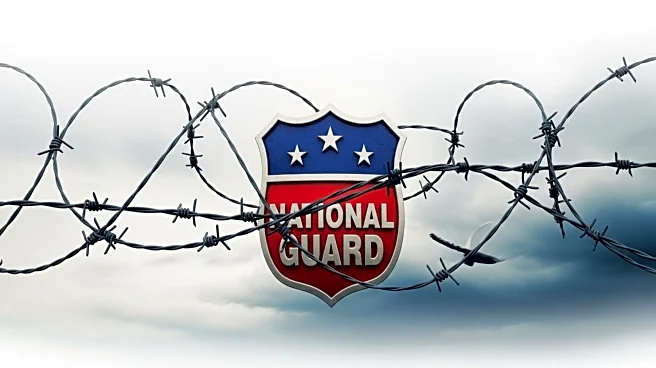What's Happening?
Serhat Gumrukcu, a California biotech tycoon, has been found guilty of orchestrating a murder-for-hire plot that resulted in the death of Gregory Davis, a father of six, after a failed oil deal. Gumrukcu, the founder of Enochian Biosciences, faces a mandatory life sentence for the 2018 abduction and murder of Davis. The plot was uncovered after Davis threatened to sue Gumrukcu over the soured deal, prompting Gumrukcu to recruit intermediaries to hire a hitman. The hitman, posing as a deputy US marshal, abducted Davis from his Vermont home and murdered him. The investigation revealed Gumrukcu's involvement through emails, messages, and financial records, leading to his conviction on charges of murder-for-hire, conspiracy, and wire fraud.
Why It's Important?
This case highlights significant issues within the biotech industry and the lengths to which individuals may go to protect their business interests. The conviction of Gumrukcu underscores the potential for criminal activity in high-stakes business environments, particularly when large financial transactions and reputations are at risk. The murder-for-hire plot not only devastated a family but also brought attention to the ethical and legal responsibilities of business leaders. The case serves as a cautionary tale about the consequences of prioritizing business success over human life and legal integrity.
What's Next?
Gumrukcu's sentencing is scheduled for November, where he faces a mandatory life sentence. The case may prompt further scrutiny of business practices within the biotech industry, particularly concerning mergers and acquisitions. Legal and regulatory bodies might increase oversight to prevent similar incidents. The families affected by the crime may pursue civil actions against Gumrukcu and his associates. Additionally, the biotech community may face increased pressure to ensure ethical conduct and transparency in business dealings.
Beyond the Headlines
The case raises broader questions about the intersection of business ethics and criminal behavior. It highlights the potential for corruption and violence in industries where significant financial stakes are involved. The involvement of multiple intermediaries in the plot suggests a network of complicity that could have broader implications for how business disputes are resolved. This incident may lead to discussions about the need for stronger legal frameworks to prevent and address corporate crime.











